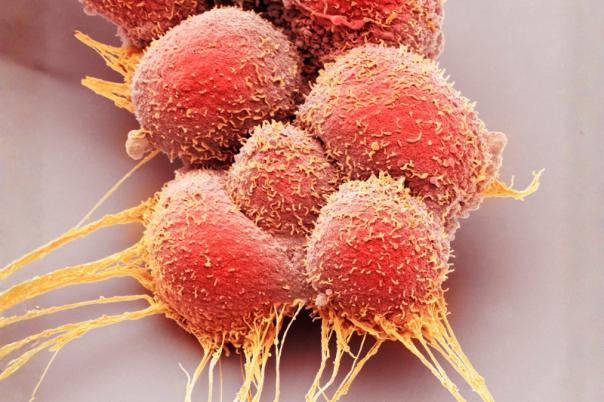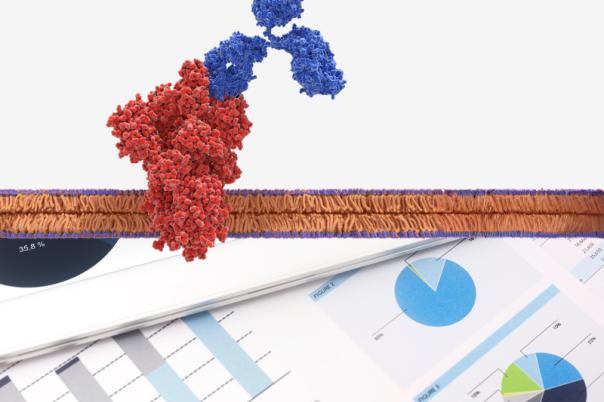Sanofi's large molecule research department is a global organization focused on delivering first and best-in-class medicines. Their key strategy toward this goal has been to address complex disease conditions using multi-targeting approaches. Working in the large molecule research unit in Frankfurt, Norbert Furtmann is the Head of AI Innovation at Sanofi and detailed the development of using VHH building blocks for use in multi-targeting.
Sanofi’s NANOBODY VHH molecules are single-domain antibodies derived from heavy-chain-only antibodies. NANOBODIES have a signal domain binding site and do not contain CH1 or light chains this makes them smaller and simpler than conventional antibodies. These molecules can be assembled like building blocks and, when combined, can be used to target multiple disease pathways in a single molecule. A flexible linker is used to connect the building blocks, which can also include effector domains for enhanced therapeutic effects.
Furtmann outlined that the design of such molecules that target multiple pathways can be a complex process which considers multiple variables. For example, the variety in building blocks, linkers, and positions, leading to a vast design space that requires automation and computational approaches to manage.
Furthermore, Sanofi uses computational and machine learning tools to optimise monovalent NANOBODY building blocks by balancing properties like potency, affinity, stability, solution behaviour, and immunogenicity. Furtmann walked us through how his team has developed digital tools to predict the thermal stability of NANOBODIES, using a dataset of 5902 NANOBODIES with thermal stability measurements to train models and reduce experimental efforts.
Sanofi builds specialised protein language models for NANOBODIES, which improve the prediction of properties like thermal stability by providing a detailed representation of the sequences. These models have shown high accuracy in predicting thermal stability, with Spearman correlations of up to 0.74, and are now being applied in projects to guide the optimization of NANOBODY building blocks.





